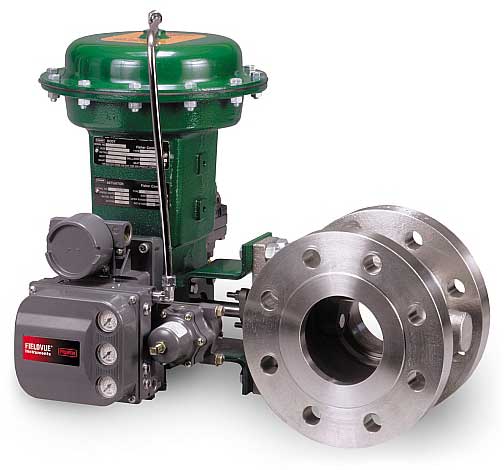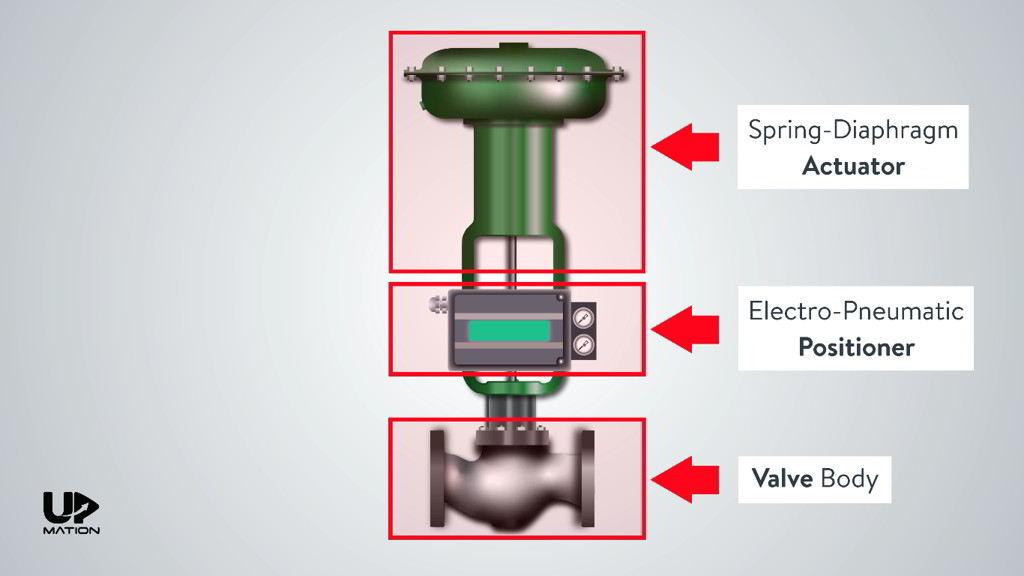Understanding the Importance of Control Valves in Process Automation
Understanding the Importance of Control Valves in Process Automation
Blog Article

Maximize Power Cost Savings and Convenience With Advanced Building Automation Controls
In the world of contemporary style and center administration, the assimilation of advanced building automation regulates stands as a critical advancement. By taking advantage of the power of automation, structures can adapt, react, and evolve in means that were once unbelievable.
Energy Effectiveness Benefits
Power effectiveness advantages can substantially reduce power intake and operational prices in structures. Energy-efficient systems, such as sophisticated building automation controls, can optimize the usage of sources like lights, air conditioning, and heating, leading to reduced power expenses over time.
Additionally, boosted power efficiency can lengthen the life expectancy of building tools and systems. By operating more successfully, heating and cooling systems, light, and various other building components experience much less damage, causing minimized maintenance and substitute expenses. Furthermore, energy-efficient buildings frequently command greater residential or commercial property worths and rental prices, offering long-term financial advantages to owners.
In addition, power efficiency can boost resident convenience and efficiency. Properly managed indoor settings with ideal lighting and thermal problems create an even more favorable and pleasant office, leading to enhanced employee contentment and performance. In general, the power efficiency benefits related to advanced building automation controls are diverse, incorporating price savings, environmental stewardship, and owner health.
Boosted Comfort Control
Enhancing comfort control in building atmospheres calls for a sophisticated combination of innovative automation systems for optimal resident health. By utilizing sophisticated structure automation controls, facilities can customize the interior environment to satisfy the certain needs and preferences of residents. These systems allow exact law of temperature level, lighting, and ventilation, producing a productive and comfortable ambience. Resident contentment and performance are very closely connected to thermal convenience, making it vital to have systems in position that can adjust to changing problems in real-time.
Boosted convenience control surpasses fundamental temperature level modifications. It includes attributes such as tailored setups, occupancy sensing units, and natural light utilization to create a receptive and vibrant setting. By including these advanced controls, buildings can not only boost comfort yet additionally enhance power effectiveness by optimizing system operations based on actual tenancy and use patterns. Ultimately, prioritizing resident convenience via advanced automation systems causes a much more satisfying and much healthier indoor atmosphere.
Functional Efficiency Improvements

In addition, the implementation of real-time tracking and analytics devices makes it possible for structure drivers to determine power inadequacies and functional abnormalities without delay. By constantly checking energy usage patterns and system performance metrics, modifications can be my site made in real-time to optimize energy intake and make certain peak functional effectiveness. control valves. Additionally, including demand action approaches right into building automation controls can additionally boost operational efficiency by dynamically readjusting power usage based upon grid conditions and prices signals
Indoor Climate Optimization
Reliable click here to read interior environment optimization is a fundamental aspect of building automation controls, ensuring passengers' convenience and health while optimizing power financial savings. By utilizing advanced sensors and controls, developing automation systems can continually monitor and change temperature level, moisture degrees, air top quality, and air flow to develop an optimum interior setting. Keeping comfy and consistent conditions not just boosts passenger satisfaction but also boosts productivity and overall health.
Interior environment optimization additionally plays a crucial role in power performance. By fine-tuning home heating, air conditioning, and air flow systems based on real-time data and occupancy patterns, developing automation controls can significantly lower power usage - control valves. As an example, carrying out techniques such as demand-controlled ventilation and thermal zoning can assist reduce power waste while guaranteeing that each location of the structure gets the required conditioning.

Sustainable Atmosphere Development
Building automation controls not only enhance interior environment problems for energy effectiveness and resident comfort but likewise lay the foundation Continued for producing a lasting setting via tactical monitoring of resources and systems. By incorporating advanced structure automation modern technologies, such as sensors, actuators, and smart software, centers can change and keep an eye on power usage in real-time to minimize waste and minimize their carbon footprint. These systems allow anticipating upkeep, identifying prospective issues before they intensify and optimizing tools efficiency to improve longevity and effectiveness.
Additionally, sustainable atmosphere development prolongs beyond power administration to encompass water preservation, waste decrease, and indoor air quality improvement. Building automation controls can regulate water use, detect leaks, and guarantee proper waste disposal practices, adding to total sustainability initiatives. Additionally, by checking and managing air flow and filtering systems, these technologies boost occupant health and wellness and performance while decreasing power intake related to cooling and heating operations.
Final Thought
In verdict, advanced building automation regulates offer considerable advantages in terms of power savings, convenience control, operational effectiveness, interior climate optimization, and developing a sustainable setting. By applying these controls, structures can accomplish optimum efficiency while reducing energy usage and boosting owner convenience. It is apparent that using innovative automation modern technology is essential in improving structure efficiency and producing a much more lasting future.
Power performance advantages can considerably minimize power consumption and operational expenses in structures. On the whole, the power effectiveness advantages connected with advanced structure automation controls are complex, including expense financial savings, environmental stewardship, and occupant health.
In addition, incorporating demand action approaches right into building automation controls can better improve operational performance by dynamically changing energy use based on grid problems and prices signals.
Building automation regulates not only optimize interior environment conditions for power performance and owner convenience but additionally lay the foundation for producing a lasting environment via critical management of systems and resources.In conclusion, progressed structure automation manages offer considerable benefits in terms of power savings, convenience control, functional effectiveness, interior climate optimization, and developing a lasting environment.
Report this page